Climb Aboard

My daughter first got behind the steering wheel when she was about seven, learning to drive in a big open field next to the marina where we kept our boat.
It was a blast … for both of us.
Mom? Not so much.
You think about things like that when you see everyone huddling around and hawking new available now, concept and autonomous cars as well as the associated technology at CES and the Detroit Auto Show.
And ever since the chiseling of the first wheel, humans have had a strong connection to their modes of transportation – walking around them, stroking them, smelling them.
The industry was almost built on Herbert Hoover’s campaign promise, “A chicken in every pot and a car in every garage.”
The industry translated that as meaning a new car in every garage every year; but over the next few years, the idea of a car in every garage will be challenged because autonomy is coming.
The younger generation (the ones car companies are really targeting) aren’t into getting a license or even driving.
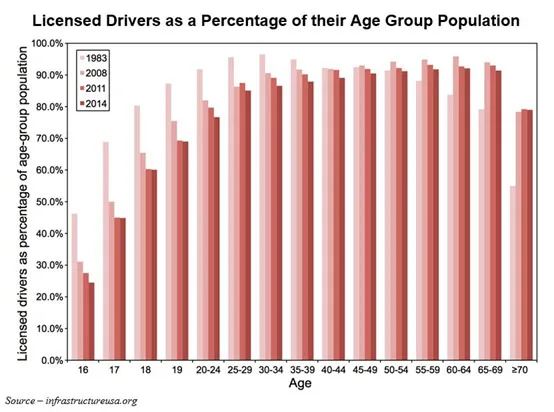
They have much more important things to do.
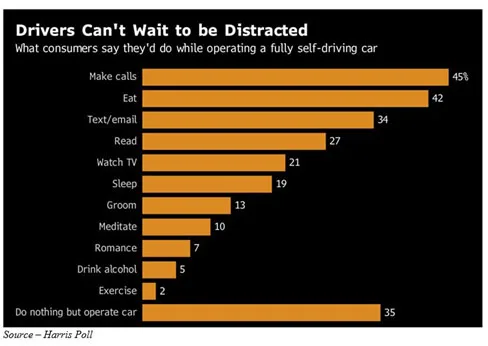
Walking the show floors, I recalled what Alan Messer, head of InnovationShift, told me at the FMS (Flash Memory Summit) auto sessions last year, “Cars are more than smartphones on wheels.”
Underneath the beautiful skin of the vehicles is a massively complex set of networks, processors and storage to enable an increasing number of things people demand and want to keep them comfortable, entertained, connected, safe.
As this “network on wheels” hits the road in greater and greater numbers, it will be constantly getting software updates; sending and receiving volumes of data to/from somewhere; tracking where you want to go, how often, probably why; and ensuring some other network on wheels doesn’t invade your space.
Of course, some folks don’t like or are a little uneasy about all that personal data flying around.
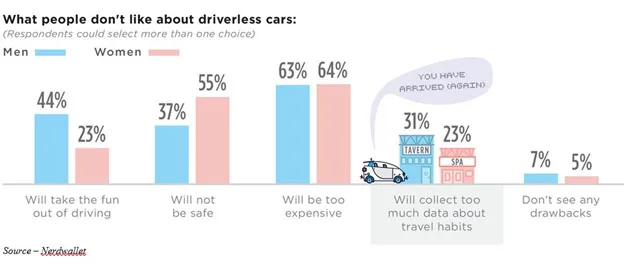
You’ll get over it.
Kids born with a smartphone in their hands won’t give it a second thought because they already tell you, show you more than you need to know.
There are two parts of the Vegas and Detroit auto shows – the here and now and what life in the auto is going to be.
Here, Now
The vehicle you’re gonna’ want to buy this year (or next) took a slight turn in the road but also kept true to get folk’s hearts thumping and blood pumping.

The normal family sedan is giving way to more stylish (read slightly smaller) SUVs (sport utility vehicles) and pick-ups.
To prepare consumers for autonomous vehicles, the industry introduced a growing number of hybrid, electric powered cars and more technology to keep passengers and others on the road safe and entertained.
The “new” market has shifted the industry’s attention from horsepower to tech power – chips, AI, sensors, big data – and whetted the appetites of tech entrants.

Industry analyst and Chief Executive Allan McLennan, of PADEM Group, pointed out that many of the new players are intent on getting their technology into future vehicles, despite the fact that cars/transportation are high- volume, low margin businesses.
“As you walk the CES/Detroit floors, it’s easy to see why people think this is a sexy, almost luxurious business,” McLennan said. “But both have been in the long, gut-wrenching meetings where you weigh the benefits of adding a dollar here or a dollar there to the cost of the car and the return in increased sales/profits.
“But still the grass is always greener on the other side of the fence and this one is coming fast,” he added with a smile.
That’s why new startups like China’s Byton, Faraday Future, NIO, LeEco and others unveil new options for the buying public.
And with less risk established, auto firms unveil breathtaking concept cars that will never see the production line but components, features and technology will find their way into tomorrow’s cars.

Funded by deep pocket Chinese investors including Google competitors, Byton stands out because it is already global with a seasoned management team from BMW, Tesla, Faraday, Apple, Google; strategic partnerships with Bosch and Faurecia; development facilities in Germany and Silicon Valley and the beginning of a factory in China.
It’s not short on ambition, but it takes a lot of heavy lifting to win the trust of the auto buying public.
The benefits of autonomous cars are fairly well understood by consumers McLennan noted:
- Increased fuel efficiency – lighter vehicles, more controlled/steady transportation
- Reduced vehicle insurance – potentially fewer accidents would reduce insurance cost
- Increased productivity – reduce wasted time sitting in traffic
- Increased enjoyment – personalized streaming entertainment
- Reduced car parking – cars can be summoned when they are wanted/needed
- Fewer traffic accidents – human “error” currently causes about 93 percent of accidents
- Reduced human injury, death in vehicle incidents
“We are in a major transition phase,” he emphasized. “We have seen accidents where deaths occur; and they will probably continue to happen, but with much less frequency.
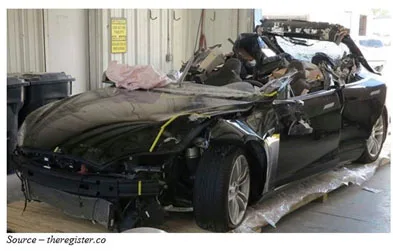
McLennan noted that the average car on the road today is 10 years old and while everyone (safety/law enforcement agencies, governments, auto manufacturers and a growing number of drivers) would like to see the transition take place overnight, it is a challenge.
And there’s good reason.
A January survey by Morning Consult found that:
- 33 percent of adults surveyed said autonomous vehicles are somewhat or much safer than the average human driver
- 36 percent said they were somewhat or much less safe
- 67 percent of Americans were somewhat or very concerned about cyber threats to driverless cars
- 18 percent said they were not too concerned or not at all concerned about the potential cyber vulnerabilities of self-driving vehicles
Recode found similar results based on whether the respondent would or wouldn’t ride in a driverless vehicle.
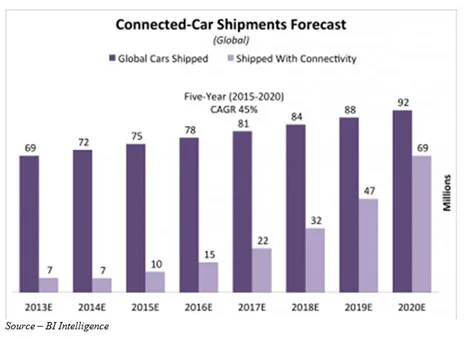
To emphasize the importance of the move to autonomous vehicles, U.S. Transportation Secretary Elaine Chao spoke at both CES and the Detroit shows. Emphasizing that the main concerns the public has are security and safety, she said the public and private sectors have an obligation to lead by safely developing, testing and integrating technology into our transportation systems – cars, trucks, buses, other ground modes.
As auto/truck firms work to reinvent themselves and new players emerge, a few tech firms focus on delivering the underpinnings of not just autonomous cars but also the smart infrastructure cities and countries will need.
At CES, Jensen Huang, Nvidia’s CEO, wowed the audience with how the firm was working to solve the largest scale computing problems from the top to the bottom and across key application areas.

Featuring jaw-dropping performance, smaller packaging and energy reduction; he introduced the 9-billion transistor Xavier AI chip.
In his traditional black leather jacket, Huang said the entire processing pipeline of a self-driving car — image processing, sensor calibration, perception, localization, pathfinding – can be on a single chip.
He also emphasized that Nvidia is delivering the world’s first top to bottom functional safe drive stack, ISO 26262, with full functional safety.
Because of it’s focus on chip technology, robust AI technology and especially safety; the company has 320 partners, from startups to sensor companies to tier ones to auto manufacturers including Audi, VW, Mercedes, Hyundai, Aurora, Tesla and most of the majors.
Since he’s in pretty good physical shape, I’d never disagree with him directly; but we’re pretty certain Samsung, Intel, Qualcomm and other chip makers aren’t simply sitting in the back seat and letting Nvidia drive them around town.
In 5-10 years, autonomous transportation will be the norm for the then millennials the big question will be why bother owning one and who will be the major providers of on-demand ride services, deliveries and commercial transportation.
 And you can bet no chip/AI tech is going to lay claim to Charlie’s boast, “Nobody in Africa, but yours truly, can get a good head of steam on the old African Queen.”
And you can bet no chip/AI tech is going to lay claim to Charlie’s boast, “Nobody in Africa, but yours truly, can get a good head of steam on the old African Queen.”
# # #